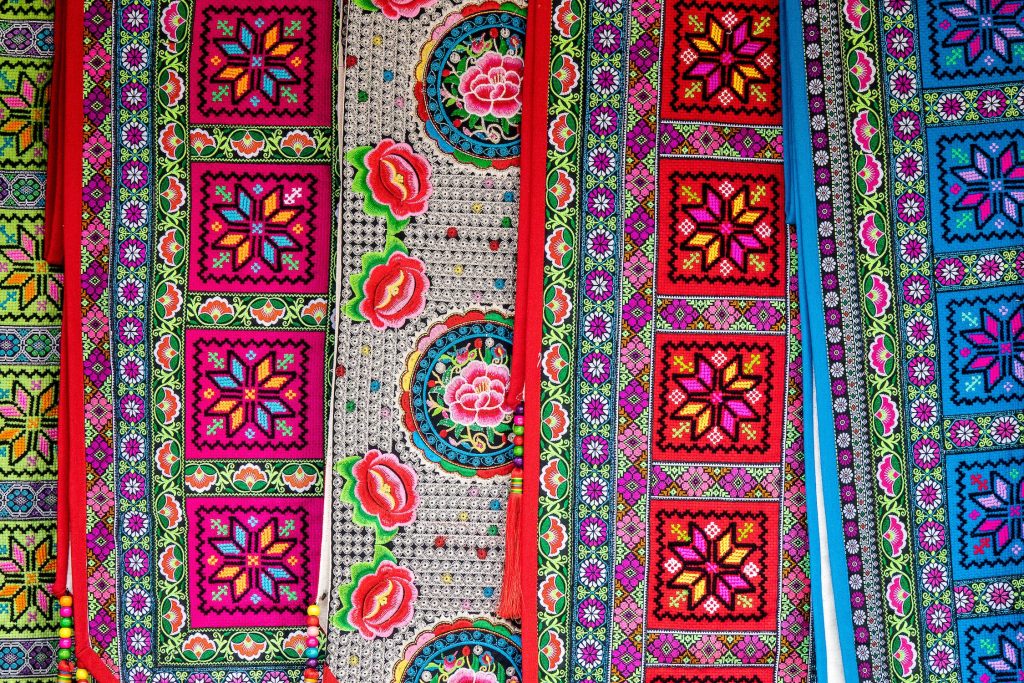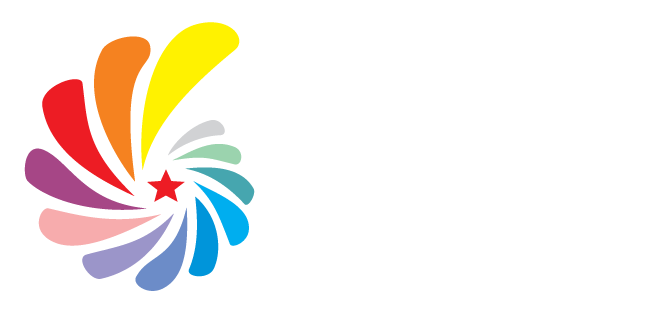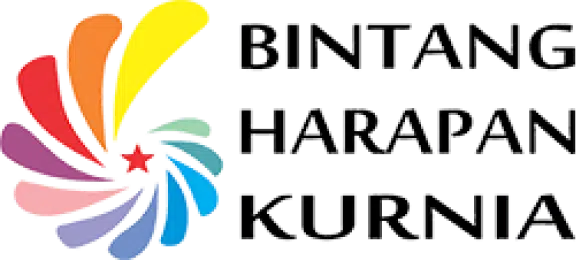
Source: Pexels – Mike van Schoonderwalt
Digital printing stands as a prominent innovation in the fashion realm, capturing the attention of many designers. The advent of fabric printing machines marks a pivotal shift in the industry, deemed more cost-effective and efficient.
While some view this technology as a potential threat to traditional methods, it, in reality, opens up new avenues for business opportunities, expanding reach into diverse markets.
Whether it’s screen printing, embroidery, or traditional printing, each technique has unique advantages and drawbacks within the fashion sector. To delve into the intricacies of digital printing fabric, let’s delve into more information this time, all the way to the end!
Also Read: What Is Cotton Fabric: Everything You Need to Know
What's Digital Printing?
Digital printing involves imprinting a design onto fabric through a machine, representing a contemporary alternative to the traditionally manual fabric screen printing. The utilization of printing machines minimizes errors in the printing process, streamlining quality control and reducing production costs. Various dyes, such as rubber, plastisol, or pigment, can be employed, and each machine possesses distinct characteristics to effectively reproduce the desired motifs.
Digital printing enhances the diversity and uniformity of motifs on fabric. Various printing methods, including block printing, screen printing, stencils, transfer printing, digital printing, and more, contribute to this versatility. Complex patterns pose no challenge when utilizing the printing process, as the machine automatically adjusts them based on the digitally preset format.
Type of Digital Printing
What types of printing machines are currently in demand in the textile and fashion industry? Let’s find out more information!
1. Heat Transfer Method
The Heat Transfer Method is a contemporary printing technique commonly seen on spandex sportswear. Typically used for embossed motifs, this method employs high temperatures to ensure the design adheres perfectly to the fabric.
2. Screen Printing
Screen printing enables us to adjust sizes easily, ranging from small to the entire screen. Typically, this method takes only a few minutes to a few hours to complete the printing process, depending on the amount of fabric required.
Also Read: 6 Machines Used in the Textile Industry You Need to Know!
3. Discharge Methode
Discharge is a printing technique typically employed on dark-colored fabrics. The ink used in this method differs from other printing techniques, utilizing special chemicals to ensure the desired color remains vivid and aligns with the design.
4. Direct-to-Garment (DTG) Digital Printing
The final fabric printing machine is DTG, known for its high color accuracy and precision. The results produced by this machine are seamless with minimal gaps. DTG is capable of transferring realistic designs onto fabric, akin to what we see in pictures, without compromising the fabric’s integrity.
All You Need to Know About Digital Printing in the Modern Fashion Industry
Now that you know all the digital printing methods on fabric and what they involve, let’s dive into some pros and cons of this technique in the fashion world!
Pros
- Fabric printing through this method boasts remarkable accuracy and precision, as all adjustments are computer-controlled.
- The process is significantly faster than manual screen printing, leading to more efficient use of human resources.
- The colors achieved are more vibrant and true-to-life compared to traditional methods like screen printing.
- Investing in a printing machine is more cost-effective in the long run.
- Printed results maintain durability with proper care.
Cons
- The upfront cost of acquiring the machine can be steep, especially for newcomers to the textile and fashion industry.
- Regular machine maintenance incurs additional expenses.
Also Read: Rayon Fabric 101: A Guide to Characteristics, Types, and Pros & Cons
Seeking Top-Quality Denim Fabric in Bali Visit Bintang Harapan Kurnia, Your Go-To Fabric Store!
Bintang Harapan Kurnia proudly holds the title of Bali’s premier fabric store, loved by many customers for over two decades with its extensive fabric collection. Serving as a trusted partner for over 200+ fashion brands, Bintang Harapan Kurnia introduces a fresh fabric buying experience.
What makes Bintang Harapan Kurnia the best fabric store in Bali? With decades of experience, the establishment has earned prestigious awards, such as the Sustainable Style Leadership Award, Luxury Textile Excellence Award, Couture Craftsmanship Distinction, and more.
Furthermore, Bintang Harapan Kurnia features a dedicated team of skilled staff, ready to assist in selecting the perfect fabric for your business or personal needs. Don’t miss out! Explore the realm of premium fabrics at Bintang Harapan Kurnia and enhance your fabric shopping experience!

